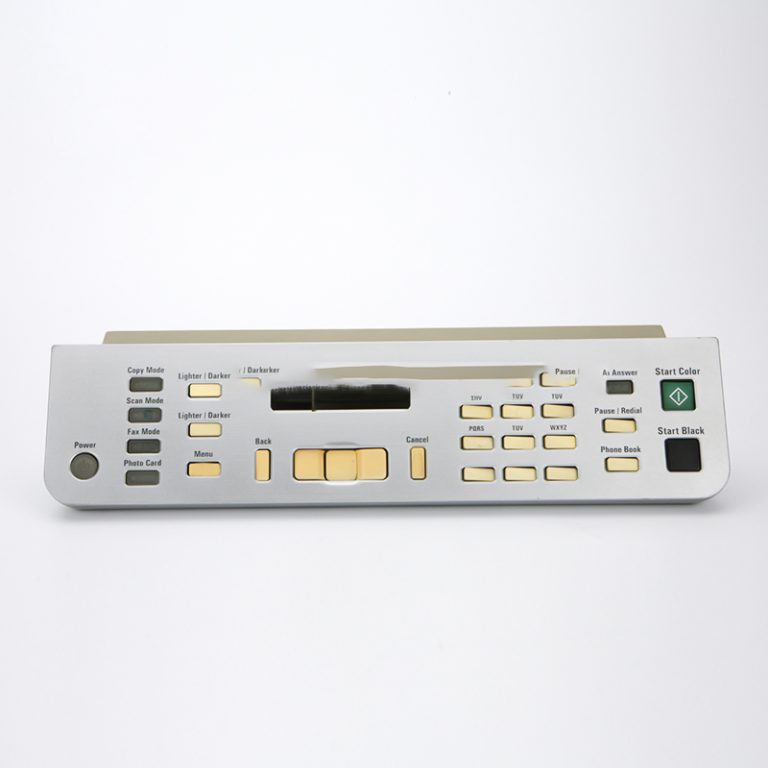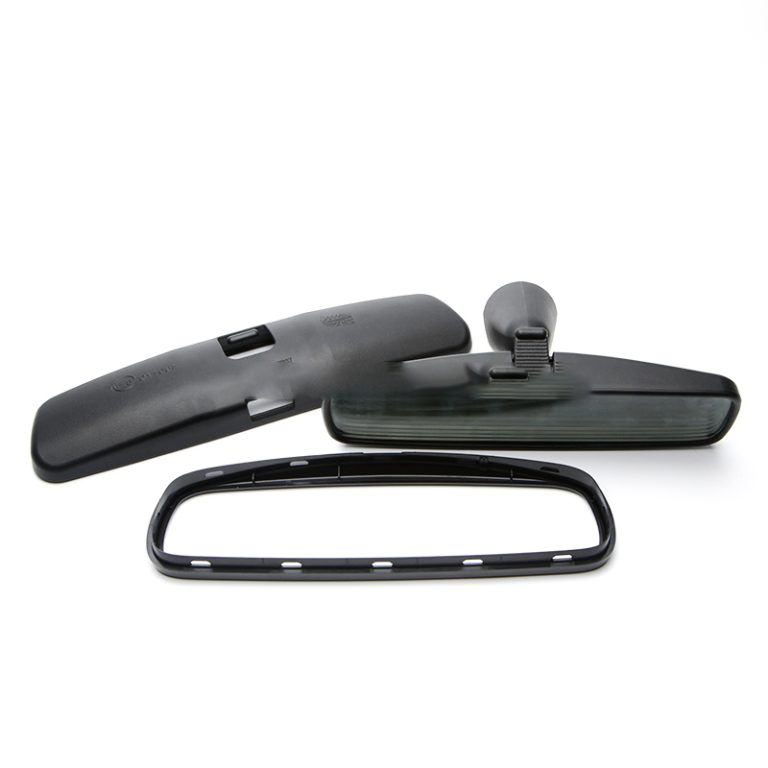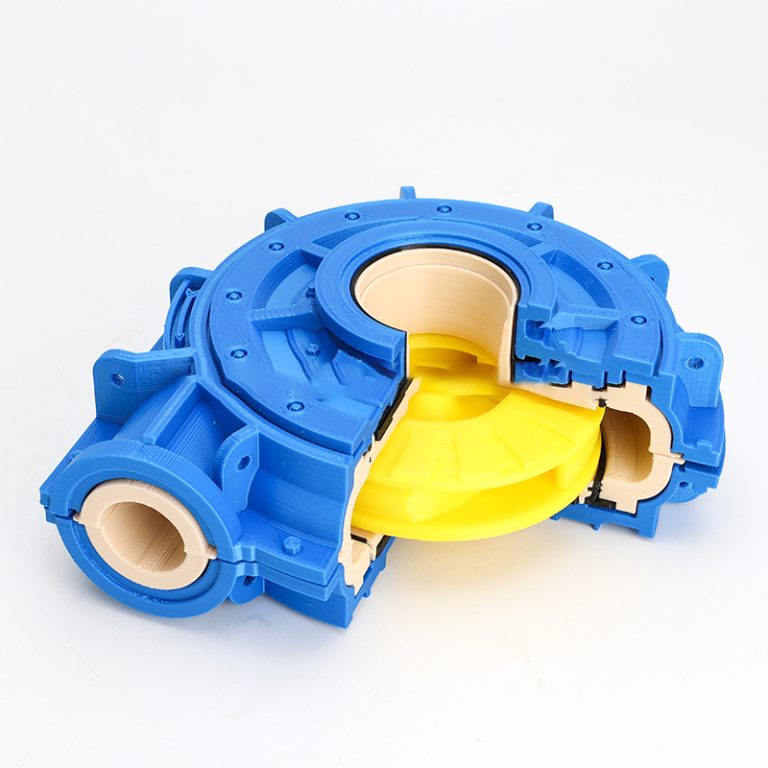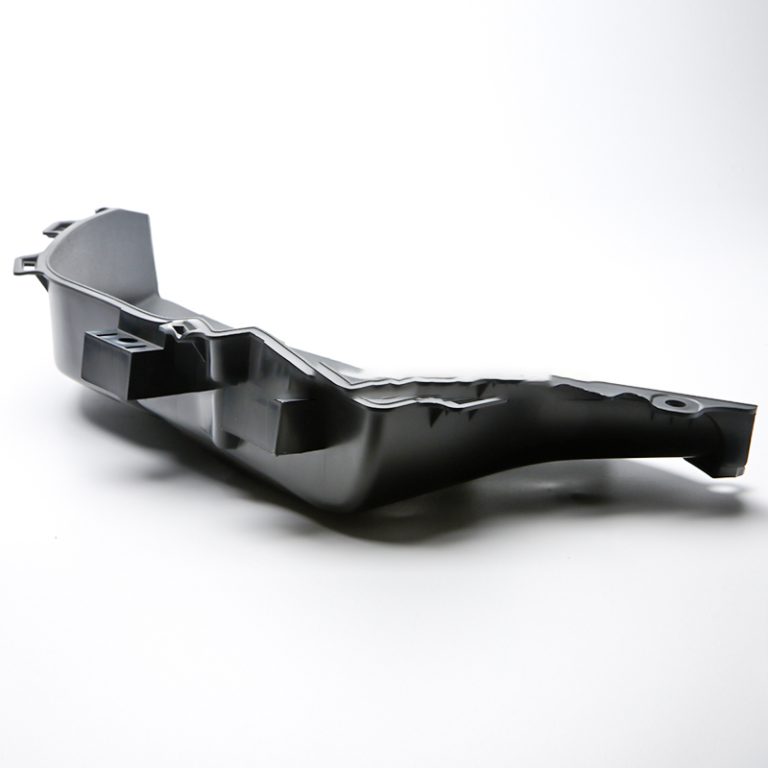Table of Contents
Benefits of Using Plastic Component Customization in Manufacturing Processes
Plastic component customization is a crucial aspect of modern manufacturing processes. By tailoring plastic components to meet specific requirements, manufacturers can achieve higher levels of efficiency, functionality, and cost-effectiveness. In this article, we will explore the benefits of using plastic component customization in manufacturing processes.
One of the key advantages of plastic component customization is the ability to design parts that are perfectly suited to the intended application. By working closely with a manufacturer to develop custom plastic components, companies can ensure that their products will perform optimally in their intended environment. This level of customization allows for greater precision and control over the final product, resulting in improved performance and reliability.
Custom plastic components can also help manufacturers reduce waste and improve sustainability. By designing parts that are tailored to specific requirements, companies can minimize the amount of material used in production, leading to lower costs and reduced environmental impact. Additionally, custom plastic components can be designed to be more durable and long-lasting, reducing the need for frequent replacements and further reducing waste.
Another benefit of plastic component customization is the ability to incorporate advanced features and technologies into products. By working with a manufacturer to develop custom plastic components, companies can take advantage of the latest innovations in materials and manufacturing techniques. This can result in products that are lighter, stronger, and more efficient than off-the-shelf alternatives, giving companies a competitive edge in the market.
Custom plastic components can also help manufacturers streamline their production processes and improve overall efficiency. By designing parts that are specifically tailored to the manufacturing process, companies can reduce the time and resources required to produce their products. This can lead to faster turnaround times, lower production costs, and increased profitability for the company.
| Material selection | colour |
| PP/PC/ABS/PET/PEEK/ETC. | OEM/ODM |
In addition to these benefits, plastic component customization can also help companies differentiate their products in a crowded marketplace. By developing unique and innovative plastic components, companies can create products that stand out from the competition and attract more customers. This can lead to increased sales and market share, as well as enhanced brand recognition and loyalty.

Overall, the benefits of using plastic component customization in manufacturing processes are clear. By designing custom plastic components that are tailored to specific requirements, companies can achieve higher levels of efficiency, functionality, and cost-effectiveness. Custom plastic components can help reduce waste, improve sustainability, incorporate advanced features and technologies, streamline production processes, and differentiate products in the marketplace. For companies looking to stay ahead of the competition and drive innovation in their industry, plastic component customization is a valuable tool that can deliver significant benefits.
How to Choose the Right Plastic Material for Custom Components
Plastic components are an essential part of many products, from electronics to automotive parts. When it comes to creating custom plastic components, choosing the right material is crucial to ensure the final product meets the desired specifications and requirements. With a wide range of plastic materials available, selecting the most suitable one can be a daunting task. In this article, we will discuss how to choose the right plastic material for custom components.
One of the first factors to consider when selecting a plastic material for custom components is the intended application of the final product. Different plastic materials have varying properties that make them suitable for specific applications. For example, if the custom component will be exposed to high temperatures, a heat-resistant plastic material such as polyetherimide (PEI) or polyphenylene sulfide (PPS) may be more appropriate. On the other hand, if the component will be used in a corrosive environment, a chemical-resistant plastic material like polyvinyl chloride (PVC) or polypropylene (PP) may be a better choice.
Another important consideration when choosing a plastic material for custom components is the mechanical properties required for the final product. Different plastic materials have varying levels of strength, stiffness, and impact resistance. For components that need to withstand heavy loads or high impact forces, a strong and rigid material like acrylonitrile butadiene styrene (ABS) or polycarbonate (PC) may be suitable. Conversely, for components that require flexibility and elasticity, a more pliable material like thermoplastic elastomers (TPE) or polyurethane (PU) may be a better option.
In addition to mechanical properties, it is also essential to consider the environmental factors that the custom component will be exposed to. Some plastic materials are more resistant to UV radiation, moisture, or chemicals than others. For outdoor applications, a weather-resistant material like polyethylene (PE) or polypropylene (PP) may be preferable. For components that will be in contact with harsh chemicals, a chemical-resistant material like polytetrafluoroethylene (PTFE) or polyvinylidene fluoride (PVDF) may be more suitable.
Cost is another crucial factor to consider when choosing a plastic material for custom components. Different plastic materials have varying costs, depending on factors such as availability, processing complexity, and required properties. While some high-performance plastic materials may be more expensive, they may offer superior performance and durability compared to lower-cost alternatives. It is essential to weigh the cost of the material against the desired properties and performance of the final product to ensure that the chosen material meets both budgetary and functional requirements.
Ultimately, the selection of the right plastic material for custom components requires careful consideration of various factors, including application requirements, mechanical properties, environmental factors, and cost. By taking these factors into account and working closely with a knowledgeable plastic component manufacturer, you can ensure that the chosen material meets the specific needs of your custom component project. With the right material selected, you can create high-quality custom plastic components that meet your specifications and exceed your expectations.






